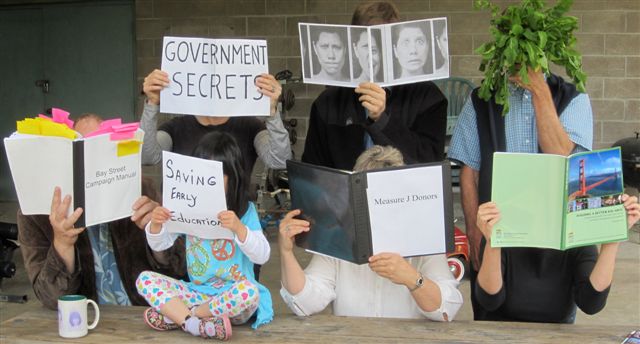

Tracy Schroth, EDITOR
Shirley Enomoto, RESEARCHER
CONTRIBUTORS
Scott Donahue
Adrian McGilly
Bill Reuter
Judy Timmel
COLUMNISTS
Richard Ambro
The North End
Greg Harper
Missives & Misgivings
Ruth Major
Children Matter
Tracy Schroth
Whine & Dine
CONTACT: tschroth@yahoo.com